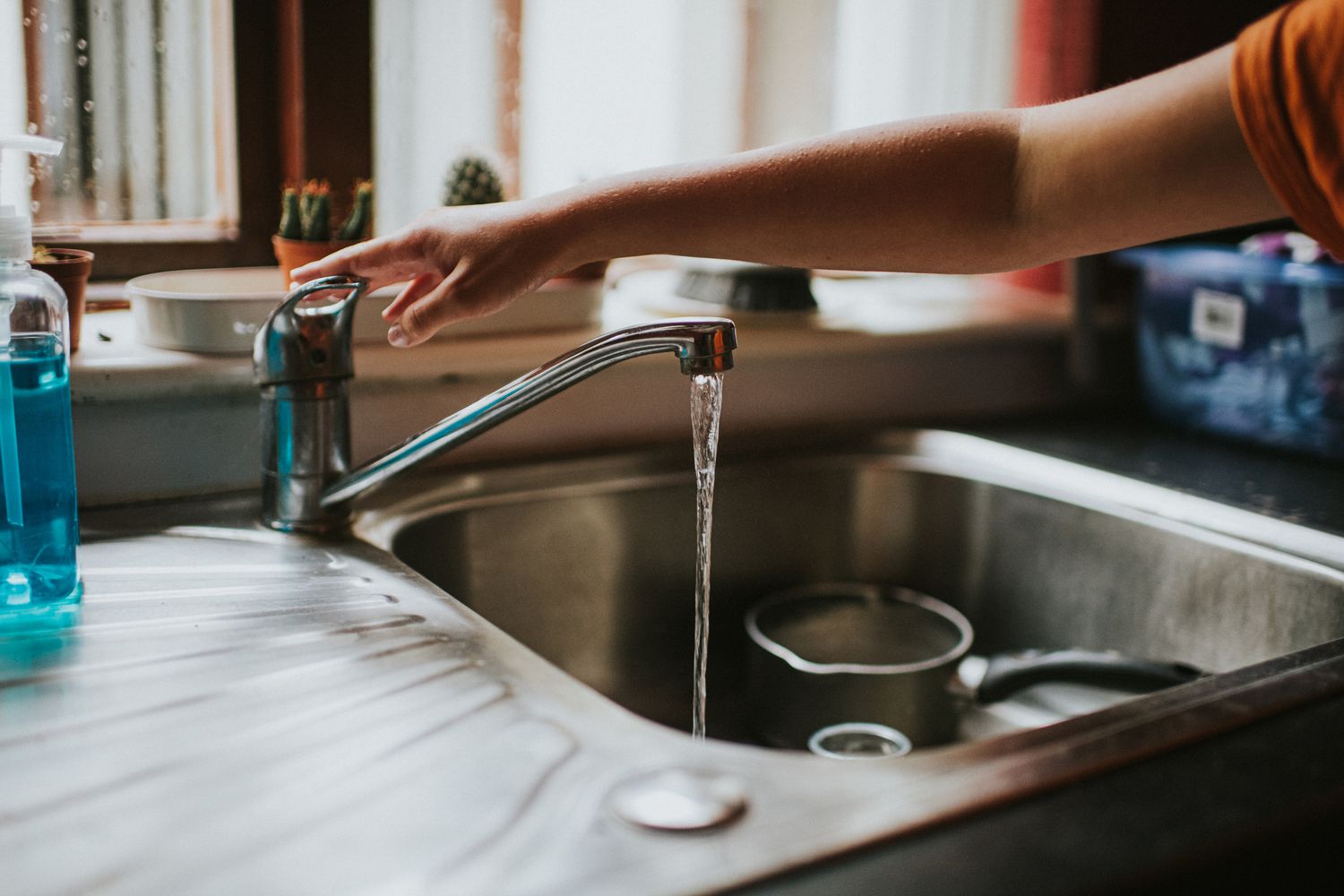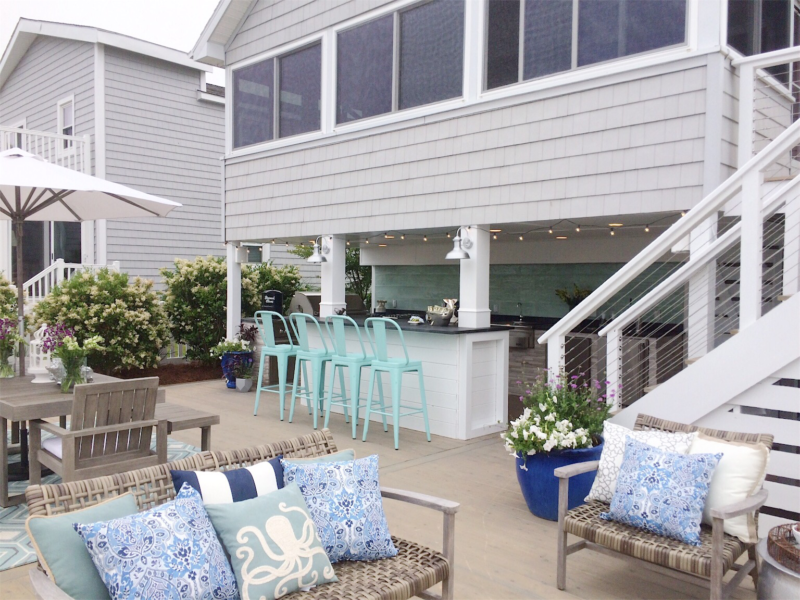No Hot Water in House? Here’s What to Check First

Waking up to no hot water in your house can be a frustrating and disruptive experience. Whether you’re about to shower, wash dishes, or do laundry, the absence of hot water can quickly throw off your day. Fortunately, many issues causing the loss of hot water can be identified and resolved without needing immediate professional help.
In this guide, we’ll walk you through the most common reasons why there’s no hot water in house, what you can do to troubleshoot the problem, and when it’s time to call a plumber. By the end, you’ll have a clear understanding of what steps to take and how to prevent future occurrences.
Common Causes of No Hot Water in the House
1. Malfunctioning Water Heater
Your water heater is the most likely culprit when there’s no hot water. Depending on whether it’s gas, electric, or tankless, different problems may occur:
- Gas water heater: Check for a blown-out pilot light or gas supply issues.
- Electric water heater: Faulty heating elements or a tripped circuit breaker could be the problem.
- Tankless water heater: These can suffer from mineral buildup, cold weather freeze-ups, or sensor malfunctions.
2. Tripped Circuit Breaker or Blown Fuse
For electric water heaters, a tripped breaker can cut off power to the unit, preventing it from heating water. Check your breaker box and reset any tripped switches.
3. Pilot Light Issues (Gas Heaters)
If you have a gas water heater and the pilot light is out, your system won’t heat water. Follow the manufacturer’s instructions to safely relight it or call a professional if you’re unsure.
4. Faulty Thermostat
Water heater thermostats regulate water temperature. A malfunctioning thermostat may prevent the heater from turning on or properly maintaining hot water levels.
5. Sediment Buildup in Tank
Over time, minerals and sediment can accumulate inside the tank, reducing heating efficiency and eventually blocking hot water flow.
6. Leaks in the Water Heater Tank
Check around your water heater for puddles or dampness. A leaking tank not only causes a loss of hot water but may require immediate replacement.
7. Cross-Connected Plumbing Issues
Improper plumbing configurations may allow cold water to mix with hot water lines, reducing or eliminating hot water at the tap.
Troubleshooting: Step-by-Step Guide
Step 1: Identify Your Water Heater Type
Knowing whether you have a gas, electric, or tankless water heater is essential. Look for labels, pipes, and connections to determine the type.
Step 2: Check the Power Source
- For electric units: Inspect the breaker panel.
- For gas units: Ensure the gas valve is on and the pilot light is lit.
Step 3: Inspect for Leaks or Damage
Look for signs of water damage, rust, or leakage around the water heater.
Step 4: Test Water Temperature Settings
Make sure the thermostat is set to at least 120°F. Lower temperatures may not provide adequate hot water.
Step 5: Flush the Tank
Drain the tank annually to remove sediment buildup. Follow manufacturer guidelines or consult a plumber for help.
When to Call a Professional
If basic troubleshooting doesn’t resolve the issue, or if you encounter any of the following, contact a licensed plumber:
- Visible tank damage or severe leaks
- Repeated tripping of the circuit breaker
- Unusual noises (e.g., popping or banging)
- Discolored or foul-smelling water
Preventive Maintenance Tips
- Flush the tank annually
- Check and replace anode rods every 3-5 years
- Schedule professional inspections every 1-2 years
- Insulate water pipes in colder climates
Conclusion
Experiencing no hot water in house can be stressful, but with the right steps, many issues can be diagnosed and resolved quickly. Always start with basic troubleshooting, and don’t hesitate to call a professional when the problem is beyond your skill level. Regular maintenance and awareness can help keep your hot water flowing reliably for years to come.




